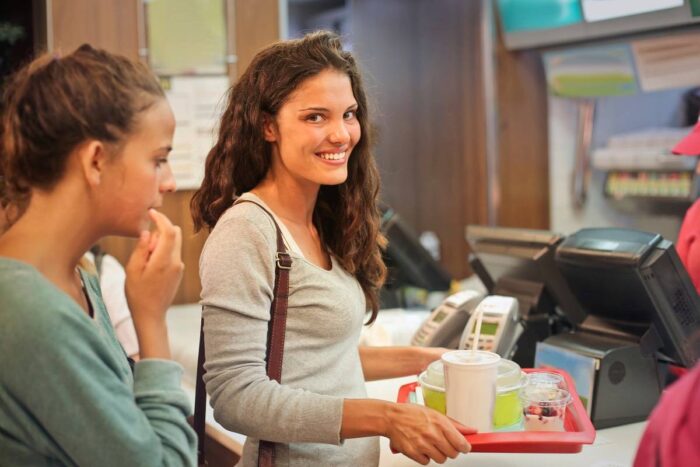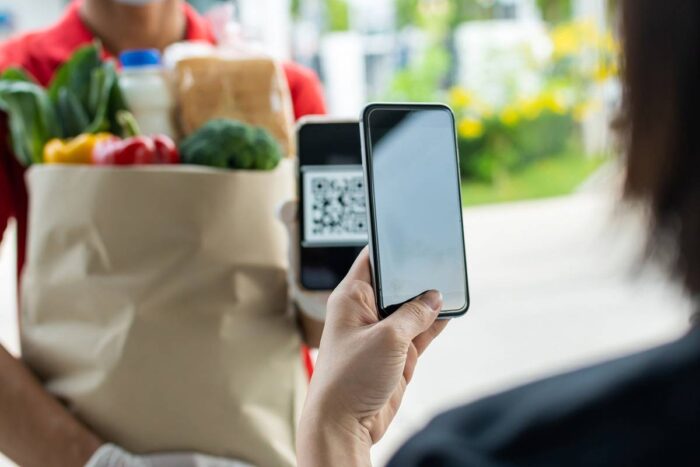With numerous financial and economic challenges, food insecurity has become one of the leading problems in the country. Most households struggling with their food needs are single-mother families and households with incomes below the poverty line.
In fact, according to the Economic Research Services of the U.S. Department of Agriculture, 5.1 million households experienced very low food security in 2021. To combat this problem, the government launched assistance programs like the Supplemental Nutrition Assistance Program, commonly known as food stamps.
Before learning how to apply for EBT, check out the benefits you can get from SNAP and how Electronics Benefits Transfer can help you access this government aid.
Eligibility Income Limits
The Supplemental Nutrition Assistance Program is a federal nutrition program that aims to support low-income families who don't have the financial resources to purchase food. Participants receive monthly funds they can use to buy local produce and food items, receive local food education, as well as training opportunities.
However, before you can enjoy these benefits, you should meet the SNAP eligibility requirements, particularly regarding your income levels, household size, and household needs. These requirements vary by state, so you should contact your SNAP state administrator to learn the details.
For SNAP benefits through September 30, 2023, these are the income eligibility requirements:
| Household Size | Gross monthly income(130 percent of poverty) | Net monthly income(100 percent of poverty) |
| 1 | $1,473 | $1,133 |
| 2 | $1,984 | $1,526 |
| 3 | $2,495 | $1,920 |
| 4 | $3,007 | $2,313 |
| 5 | $3,518 | $2,706 |
| 6 | $4,029 | $3,100 |
| 7 | $4,541 | $3,493 |
| 8 | $5,052 | $3,886 |
| Each additional member | +$512 | +$394 |
How To Apply For EBT

To receive SNAP benefits, a household member must begin an application at their local state or county office. For this purpose, a household is defined as a group of people living together and purchasing or preparing their meals.
Once you have decided to apply for SNAP benefits, the first thing you need to do is to check the details of your state's local SNAP agency. You may only apply for SNAP in the state where you reside, so this step is crucial.
When you have the information ready, you have four options. You may visit your local SNAP office, call your state’s toll-free SNAP Information hotline, send a SNAP application by mail, or complete the application through your state's SNAP website.
After completing your requirements, a SNAP eligibility worker will schedule an interview to verify the application process. Once approved, you should receive the SNAP benefits through an Electronic Benefits Transfer card, also known as an EBT card.
How Your SNAP Benefits Work
SNAP participants gain access to their benefits through an EBT card, which functions like a debit card. After a successful application, a household can expect to receive this within 30 days.
The state administrator of SNAP loads the benefits automatically to the account of the household monthly, and they can use these funds to purchase groceries from SNAP-authorized department stores, grocery stores, farmers’ markets, and online food stores in some states.
However, SNAP has restrictions on purchases. Beneficiaries can also purchase food items like bread, meat, fish, dairy, cereal, fruit, vegetables, poultry, and seeds or plants that produce food. For some SNAP participants, the benefits extend to purchasing hot meals at restaurants.
Even food products that some people consider luxury items, such as snacks, cookies, candy, steak, and even cakes, are eligible for SNAP.
Food Stamps And Meal Programs During The Pandemic
The COVID-19 pandemic led food insecurity problems to alarming levels, making the need for the government to strengthen its response to help needy households access nutrition.
With this in mind, the federal policy expanded many food stamps and meal programs managed by the USDA programs, including developing new nutrition programs and incorporating the Pandemic Electronic Benefits Transfer program.
Through P-EBT, states, tribal nations, cities and school districts, and the charitable food system improve food access and make benefit delivery more flexible.
Nutrition Program For Women, Infants, And Children

The Special Supplemental Nutrition Program for Women, Infants, and Children (WIC) is a project that supports states through supplemental foods, healthcare referrals, and nutrition education. The main beneficiaries of WIC are low-income pregnant, breastfeeding, and non-breastfeeding post-partum women, as well as infants and children up to five years old.
Though most states deliver WIC benefits through checks, vouchers, and food stamps, many states originally implemented EBT cards to use across states in October 2020. With EBT, the redemption of WIC benefits through groceries becomes easier and more flexible for participants.
Free School Meals for Children
Improving child nutrition is one of the most important tasks for the government. To help struggling parents care for their children, the government launched multiple programs, including the following:
- National School Lunch Program (NSLP) – The NLSP provides nutritionally balanced school lunches for children every school day.
- School Breakfast Program – The School Breakfast program ensures students in public and non-profit private schools and residential childcare institutions get an energized start to their school days.
- Summer Food Service Program – The Summer Food Service program helps eligible children receive healthy meals even when school is out.
- Special Milk Program – The Special Milk Program helps increase milk consumption in schools and childcare institutions that do not participate in other federal meal service programs.
Free Food Programs For Seniors
With seniors are one of the most vulnerable members of society; they also need support from the government for their necessities, especially food. Aside from SNAP, here are some food assistance programs for seniors:
- Commodity Supplemental Food Program (CSFP) – CSFP provides seniors with low income a monthly package filled with healthy USDA commodities.
- Child and Adult Care Food Program – CACFP provides nutritious meals and snacks to children in child care centers and seniors in adult care centers.
- Senior Farmers' Market Nutrition Program – This program provides low-income seniors with access to locally grown fruits, vegetables, honey, and herbs.
Other Food Programs
If you find yourself ineligible for the food assistance programs mentioned above, you may also consider applying to be a part of the following:
- Food Distribution Program on Indian Reservations – FDPIR brings commodity foods to low-income households on Indian reservations and Native American families residing in designated areas near reservations.
- The Emergency Food Assistance Program – This program provides USDA food items and short-term hunger relief to families in need through food banks and emergency food providers.
Apply For SNAP Today
The Food and Nutrition Service from the U.S. Department of Agriculture offers numerous beneficial programs to help combat hunger, food insecurity, and obesity among various vulnerable populations throughout the country. The EBT card serves as a great bridge that connects many of these benefits to the people who need it. If you meet the eligibility requirements, don't hesitate to apply immediately.
If you want to learn more about maximizing the benefits of EBT, check out the Gov Relations guide on how to use EBT cards.






